Sarojini Naidu :7 Unshakable Truths Gave India A Legacy of Courage, Grace, and Voice.
🌺 Introduction: The Unbreakable Voice of Sarojini Naidu
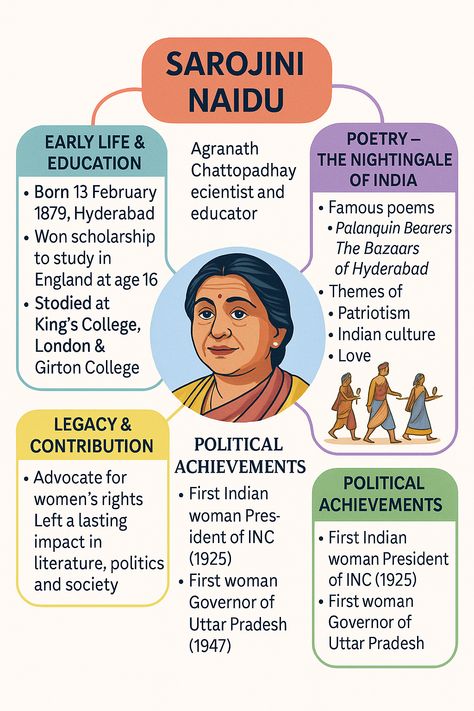
In the heart of India’s freedom struggle, where courage was currency and silence was rebellion, one voice rose above the noise—not with slogans, but with poetry. That voice belonged to Sarojini Naidu, a woman whose words could stir souls and whose actions could shake empires. Known as the Nightingale of India, Sarojini Naidu was not just a poet or politician—she was a force of nature wrapped in grace, intellect, and fire.
Born in Hyderabad in 1879, Sarojini Naidu was raised in a household that valued education, culture, and fearless thinking. Her father, Aghornath Chattopadhyay, was a scientist and philosopher, and her mother, Barada Sundari Devi, was a poet. It’s no surprise that Sarojini Naidu inherited both analytical brilliance and lyrical beauty. By the age of twelve, she was writing poetry that would later be published in England and praised by literary giants.
But her journey was never just about verses. Sarojini Naidu believed that poetry and politics were not separate—they were intertwined. Her poems spoke of love, nature, and India’s soul, while her speeches demanded justice, equality, and freedom. She was one of the first Indian women to study abroad, attending King’s College in London and Girton College in Cambridge. There, she sharpened her intellect and deepened her resolve to fight colonial rule.
When she returned to India, Sarojini Naidu didn’t wait for permission to lead. She joined the Indian National Congress and became a close ally of Mahatma Gandhi. Her eloquence and empathy made her a natural leader. She traveled across the country, speaking to farmers, women, and students—not as a distant figure, but as one of them. Her speeches were not just political—they were personal. She spoke of India as a mother, of freedom as a birthright, and of unity as a sacred duty.
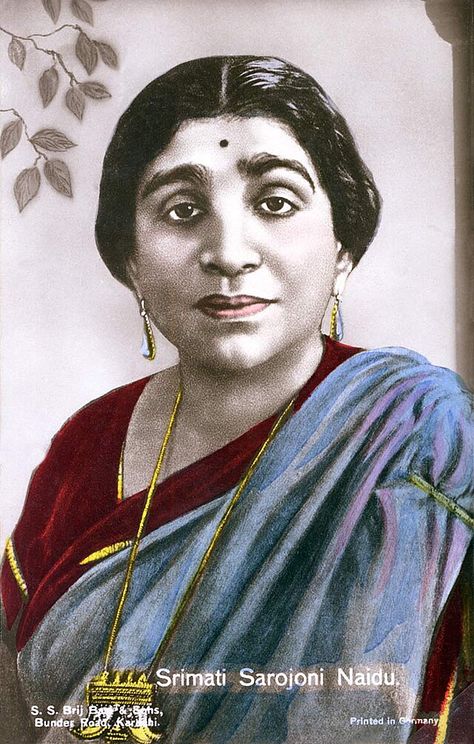
In 1925, Sarojini Naidu became the first Indian woman to preside over the Indian National Congress. It was a moment that shattered ceilings and rewrote history. She didn’t just represent women—she represented a new kind of leadership: one that was inclusive, poetic, and powerful. Her presence on stage was magnetic, her words unforgettable. She once said, “A country’s greatness lies not in its conquests, but in its compassion.” That was the essence of her politics—human, hopeful, and healing.
During the Salt Satyagraha and the Quit India Movement, Sarojini Naidu was arrested multiple times. But prison never broke her spirit. In fact, she used those moments to write, reflect, and reconnect with her purpose. Her letters from jail are filled with warmth, wit, and wisdom. She joked with her fellow inmates, encouraged young activists, and reminded everyone that freedom was worth every sacrifice.
After independence, Sarojini Naidu became the first woman Governor of the United Provinces (now Uttar Pradesh). Even in office, she remained the poet of the people. She welcomed guests with verses, held meetings with empathy, and governed with grace. Her legacy wasn’t just in policies—it was in the way she made people feel seen, heard, and valued.
What makes Sarojini Naidu timeless is not just her achievements, but her attitude. She was bold without being bitter, strong without being harsh, and wise without being distant. She believed in the power of words to heal, unite, and ignite change. Her poetry still resonates today, reminding us that beauty and bravery can coexist.
In a world that often separates art from activism, Sarojini Naidu proved that the most powerful revolutions begin in the heart. She taught us that patriotism isn’t just about flags and marches—it’s about compassion, courage, and connection. Her life is a reminder that leadership is not about domination—it’s about inspiration.
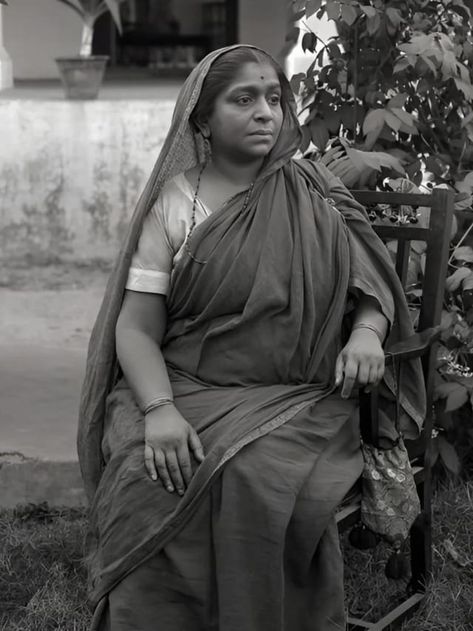
As we revisit her legacy, let us not just remember Sarojini Naidu as a historical figure. Let us feel her presence in every poem that speaks truth, in every protest that demands justice, and in every woman who dares to lead. Her story is not just India’s past—it’s India’s promise.
Table of Contents
🎤 Plain Speech in the Voice of Sarojini Naidu
Location: Constitution Hall, New Delhi
Date: 11 December 1946
Audience: Members of the Constituent Assembly
Occasion: Election of Dr. Rajendra Prasad as Permanent Chairman
Motive: To honor India’s journey and the role of women in freedom
🕊️ Speech Text:
“I stand before you not as a woman alone, but as the voice of millions who have walked barefoot through struggle, silence, and sacrifice.
Today, India does not rise from war—it rises from wisdom. From the ashes of oppression, we build a nation not of rulers, but of dreamers.
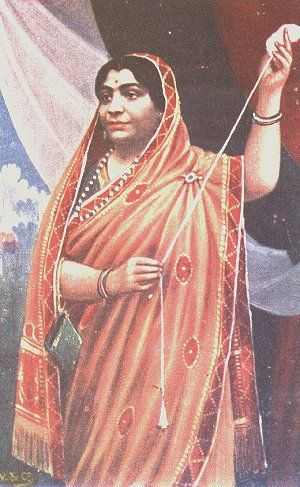
I speak not with anger, but with awe. Awe at the courage of our farmers, our poets, our mothers, our martyrs.
Let this Assembly not be a hall of power—but a home of purpose. Let every law we write carry the scent of our soil and the soul of our people.
I am proud to be a woman in this moment. For too long, our voices were whispers. Today, they are thunder.
Let India be a land where no child fears, no woman hides, and no man bows to injustice.
We are not free because the British left. We are free because we remembered who we are.
Jai Hind.”
🌸 The Beginning of Sarojini Naidu: A Legacy Born in Hyderabad
📍 1. A Birth That Whispered Greatness
On 13 February 1879, in the culturally rich city of Hyderabad, a daughter was born who would one day become the lyrical heartbeat of India’s freedom. Her name: Sarojini Chattopadhyay.
She wasn’t born into royalty or politics—but into a home where ideas were sacred, and words were weapons of change. That home would shape Sarojini Naidu, the woman who would later be known as the Nightingale of India.
🧠 2. A Father of Science, A Mother of Soul
Her father, Aghornath Chattopadhyay, was no ordinary man. A scientist, philosopher, and founder of Nizam College, he believed in reason, reform, and rebellion. He taught Sarojini to question everything—even power.
Her mother, Barada Sundari Devi, was a poet whose verses flowed like rivers. She gave Sarojini rhythm, emotion, and the courage to feel deeply.
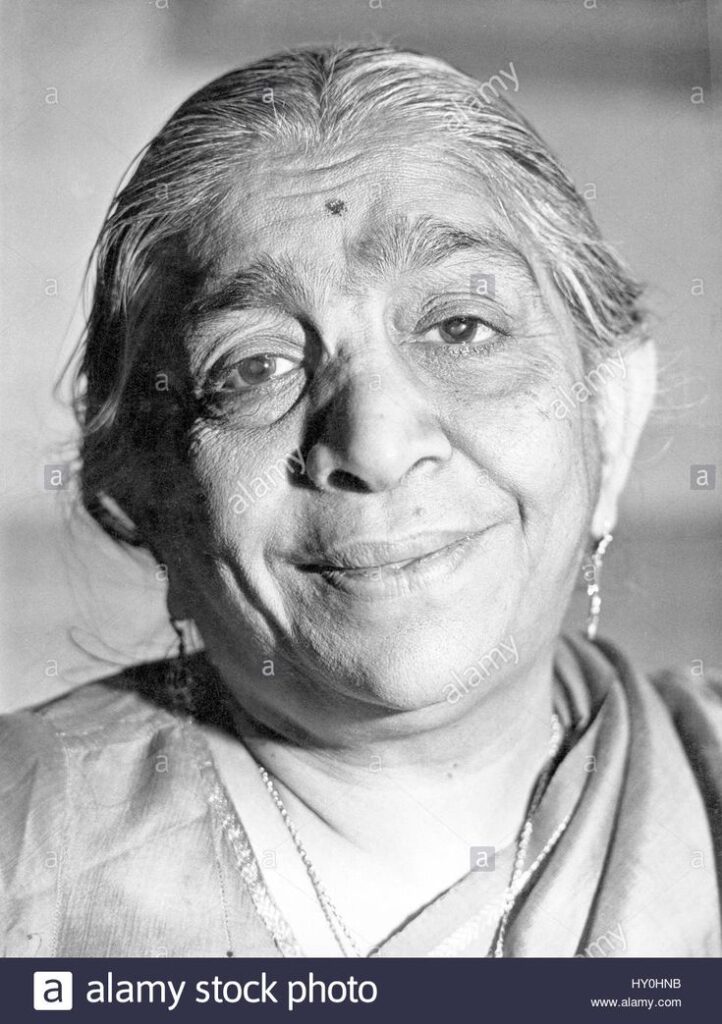
🏡 3. A Progressive Bengali Nest
In an era where girls were often silenced, Sarojini’s home was a sanctuary of expression. Books weren’t just decoration—they were fuel. Debates weren’t discouraged—they were daily rituals.
She grew up in a progressive Bengali household that didn’t just allow education—it celebrated it. Her siblings were equally brilliant, including Harindranath Chattopadhyay, a poet and playwright.
This environment gave Sarojini Naidu her wings long before she stepped onto any stage.
✍️ 4. The First Spark of Genius
At just 12, Sarojini wrote a 1300-line poem titled The Lady of the Lake. Her father, stunned by her talent, sent it to the University of Madras. The brilliance was undeniable.
This wasn’t just a child playing with words—it was a revolutionary in the making. Her poetry wasn’t ornamental—it was prophetic.
Even before she became Sarojini Naidu, the freedom fighter, she was already a voice that refused to be ordinary.
✈️ 5. A Journey Beyond Borders
Her talent earned her a scholarship to study in England. She attended King’s College, London, and Girton College, Cambridge—rare achievements for an Indian woman in the 1890s.
But even in foreign lands, her heart beat for India. She wrote poems about Indian landscapes, festivals, and struggles.
Her identity as Sarojini Naidu was never diluted—it was sharpened. She absorbed global ideas but remained rooted in Indian soil.
🔥 6. Why Her Early Life Still Matters
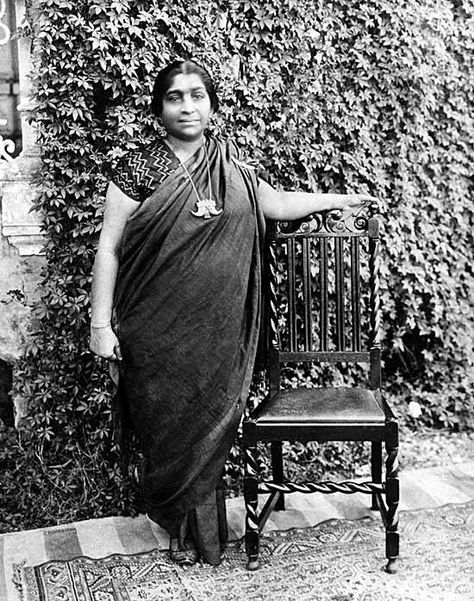
The story of Sarojini Naidu’s birth and upbringing isn’t just a historical footnote—it’s a blueprint for empowerment.
She wasn’t molded by privilege, but by purpose. Her parents didn’t raise a daughter—they raised a leader.
Her early life shows us that greatness begins at home—with encouragement, education, and emotional freedom.
💬 Final Reflection
Before she led protests, before she presided over the Indian National Congress, before she was jailed for civil disobedience—Sarojini Naidu was a girl with a pen and a dream.
Her birth in Hyderabad wasn’t just the start of a life—it was the ignition of a legacy.
Let her story remind us: every revolution begins with a home that dares to nurture brilliance.
📚 Sarojini Naidu’s Education Abroad: Where Poetry Met Purpose
✈️ 1. A Journey Begins at 16
In 1895, a bold decision changed the course of Indian history. At just 16 years old, Sarojini Naidu left Hyderabad for England—an Indian girl stepping into the heart of the British Empire.
She wasn’t chasing luxury. She was chasing knowledge, voice, and vision. Her destination: King’s College, London, followed by Girton College, Cambridge.
This wasn’t just education. It was transformation.
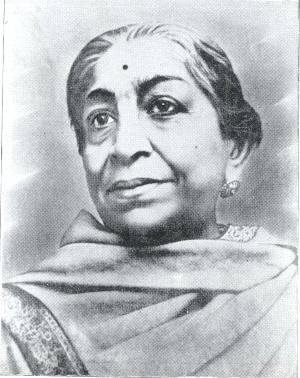
🏛️ 2. King’s College: Where Words Took Flight
At King’s College, Sarojini Naidu immersed herself in literature. Shakespeare, Shelley, and Keats became her companions. But she didn’t just absorb—she responded.
Her poetry began to bloom with rhythm, rebellion, and reflection. She wrote not to impress, but to express.
Her verses carried the scent of Indian soil, even in foreign classrooms. She was learning the language of power—and rewriting it with grace.
🎓 3. Girton College: Where Thought Met Fire
Girton College, Cambridge, was a space for women who defied norms. Sarojini Naidu fit right in.
Here, she refined her poetic style and sharpened her political awareness. British literary traditions taught her structure; Indian nationalism gave her soul.
She began to see poetry not just as art—but as activism. Her pen became her protest.

🌍 4. Between Two Worlds
Living in England, Sarojini Naidu saw both beauty and brutality. She admired the literature but felt the sting of colonial arrogance.
This duality shaped her voice. She learned to speak with elegance—but also with edge.
Her identity as an Indian woman in a foreign land made her more rooted, not less. She didn’t lose herself—she found herself.
✍️ 5. The Birth of a Revolutionary Poet
During these years, Sarojini Naidu wrote poems that would later be published in The Golden Threshold.
Her themes were bold: Indian landscapes, women’s strength, and the longing for freedom.
She wasn’t just a student—she was becoming a symbol. A poet with a purpose. A patriot with a pen.
🔥 6. Why These Years Still Matter
The education of Sarojini Naidu wasn’t just academic—it was emotional, cultural, and political.
She returned to India not just with degrees—but with direction. Her time abroad gave her tools to fight injustice with intellect and imagination.
She didn’t mimic the West—she challenged it, beautifully.
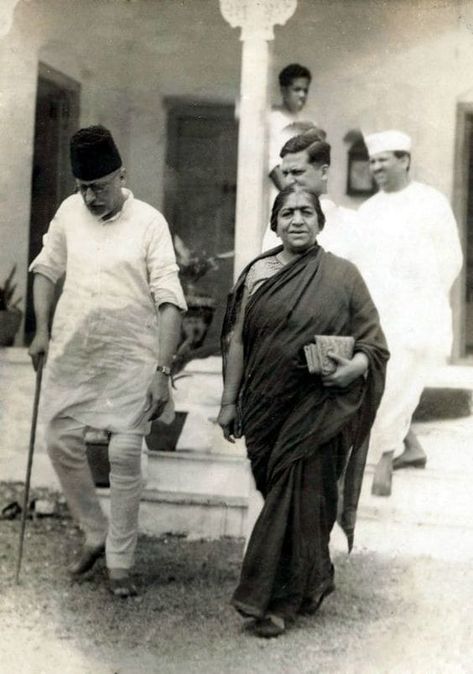
💬 Final Reflection
Between 1895 and 1898, Sarojini Naidu transformed from a curious girl into a confident voice.
Her education abroad wasn’t an escape—it was an awakening.
Let her journey remind us: true learning isn’t about location. It’s about liberation. And sometimes, the most powerful revolutions begin in a classroom.
💍 Sarojini Naidu’s Marriage: Love, Courage, and Legacy
🕊️ 1. A Union Beyond Boundaries
In 1898, at just 19, Sarojini Naidu made a choice that defied social norms and colonial expectations. She married Govindarajulu Naidu, a physician from Andhra Pradesh.
It wasn’t just a marriage—it was a statement. An inter-caste, inter-regional union in British India was rare, bold, and revolutionary.
She didn’t ask for permission. She followed her heart, her principles, and her belief in unity.
❤️ 2. Love Rooted in Equality
Govindarajulu Naidu wasn’t just her husband—he was her partner in purpose. Their relationship was built on mutual respect, intellect, and shared values.
Sarojini Naidu didn’t shrink into domesticity. She expanded into leadership, poetry, and activism—with his support.
Together, they proved that love could be progressive, powerful, and deeply patriotic.
👨👩👧👦 3. A Family of Fire and Grace
The couple had five children, each raised in a home filled with books, debates, and dreams.
Among them was Padmaja Naidu, who carried her mother’s legacy forward and became the Governor of West Bengal.
Sarojini didn’t just raise children—she raised citizens. Her motherhood was infused with purpose, pride, and poetry.
🏡 4. A Home That Reflected Her Soul
Their home wasn’t just a shelter—it was a sanctuary of ideas.
Sarojini Naidu balanced speeches with lullabies, protests with poetry readings.
She showed India that a woman could be a mother, a leader, and a revolutionary—all at once.
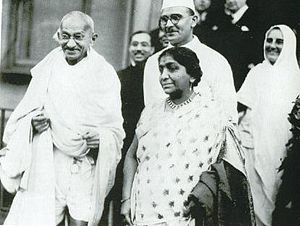
🔥 5. Why Her Marriage Still Matters
In a time of rigid caste and regional divides, Sarojini Naidu’s marriage was a quiet rebellion.
She didn’t just talk about unity—she lived it. Her personal life mirrored her political vision: inclusive, fearless, and forward-thinking.
Her marriage was proof that love could be a form of resistance.
💬 Final Reflection
Sarojini Naidu didn’t separate her personal and public lives. She wove them together with courage and clarity.
Her marriage to Govindarajulu Naidu was more than romantic—it was revolutionary.
Let her story remind us: true freedom begins at home—with choices that challenge, inspire, and uplift.
✍️ Sarojini Naidu: Poetry That Sparked a Political Fire (1905–1917)
📘 1. The Golden Threshold: A Nation’s Soul in Verse
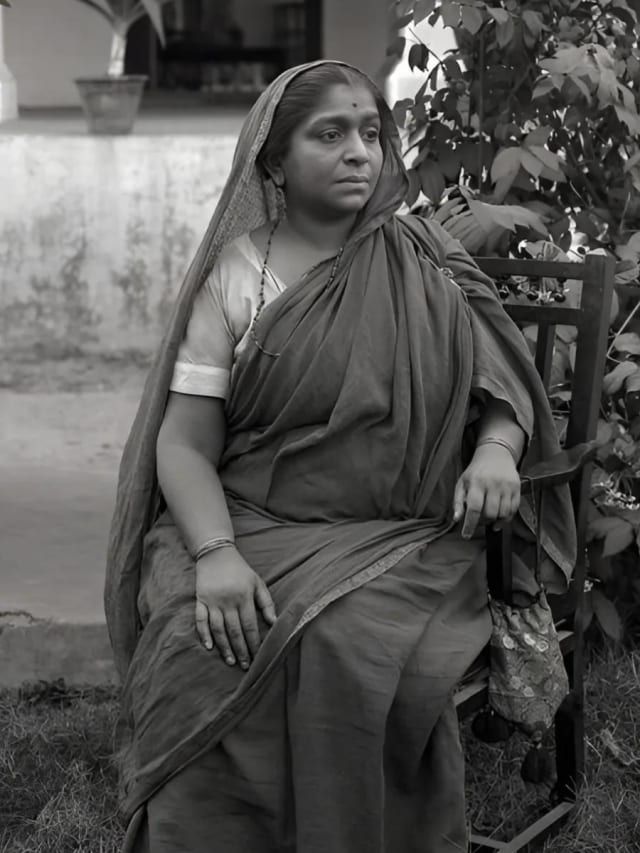
In 1905, India witnessed the birth of a poetic revolution. Sarojini Naidu, already known for her lyrical brilliance, published her first poetry collection, The Golden Threshold. It wasn’t just a book—it was a mirror held up to India’s soul.
Her poems weren’t abstract musings. They were alive with Indian imagery—temples, rivers, village women, and the pulse of a nation yearning for freedom. She wrote with elegance, but her words carried weight. They spoke of identity, pride, and the quiet strength of a colonized people.
In a time when most women were confined to silence, Sarojini Naidu chose song. And her songs stirred hearts across continents.
🕊️ 2. The Bird of Time: Beauty with Backbone
By 1912, her voice had matured. Her second collection, The Bird of Time, soared beyond romanticism. It carried urgency, depth, and a subtle defiance.
Her verses captured the tension between beauty and struggle. She wrote of love, yes—but also of loss, longing, and liberty. Her poetry became a bridge between the personal and the political.
Sarojini Naidu didn’t just describe India—she dignified it. She gave voice to its pain and pride, wrapping rebellion in rhythm. Her words were soft, but they struck hard.
🦅 3. The Broken Wing: Strength in Softness
In 1917, she released The Broken Wing, a collection that blended vulnerability with vision. The title itself was symbolic—India was wounded, but not defeated.
Her poems in this volume spoke of hope, healing, and the fight for freedom. She wrote of broken dreams and unbreakable spirits.
Sarojini Naidu understood that strength doesn’t always roar. Sometimes, it whispers. And her whispers moved mountains.
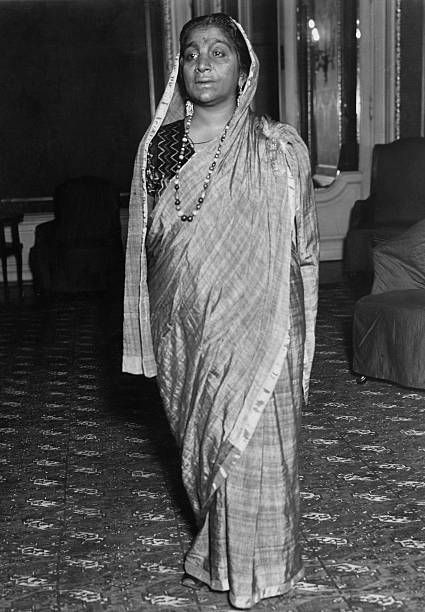
🤝 4. Meeting Minds That Moved Nations
During this period, Sarojini Naidu met two men who would shape her political destiny: Gopal Krishna Gokhale and Mahatma Gandhi.
Gokhale, a moderate reformer, taught her the power of reasoned resistance. Gandhi, the architect of nonviolent protest, ignited her passion for direct action.
She didn’t just admire them—she challenged them, learned from them, and stood beside them. Her poetry became sharper, her speeches bolder.
She began to see that words alone weren’t enough. They had to be followed by action. And she was ready.
🧠 5. A Poet Turns Patriot
This wasn’t a shift—it was a fusion. Sarojini Naidu didn’t leave poetry behind when she entered politics. She carried it with her.
Her speeches were poetic. Her protests were passionate. Her presence was magnetic.
She showed India that a woman could lead with grace and grit. That poetry could be power. That beauty and bravery could coexist.
She began traveling across India, speaking to farmers, students, and women. Her words weren’t just heard—they were felt. She spoke of freedom not as a concept, but as a heartbeat.
🧭 6. The Awakening of a National Voice
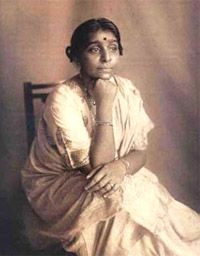
Between 1905 and 1917, Sarojini Naidu transformed from a celebrated poet into a national icon.
Her literary fame gave her credibility. Her political awakening gave her purpose.
She wasn’t just writing about India—she was fighting for it.
She joined the Indian National Congress, stood beside Gandhi in campaigns, and became a voice for women’s rights, Hindu-Muslim unity, and cultural pride.
Her poetry became a tool of resistance. Her presence became a symbol of possibility.
🌺 7. Why These Years Still Matter
This period in Sarojini Naidu’s life wasn’t just foundational—it was transformational.
She proved that art could awaken nations. That a woman’s voice could shape history. That poetry could be protest.
Her journey from poet to patriot wasn’t a detour—it was destiny.
She didn’t abandon beauty—she weaponized it. She didn’t trade verses for slogans—she infused slogans with soul.
💬 Final Reflection
Sarojini Naidu didn’t just write poems—she wrote India’s emotional history.
Her literary fame wasn’t separate from her political awakening. It was the spark that lit the fire.
Let her story remind us: the most powerful revolutions begin not with weapons, but with words.
And sometimes, the most fearless leaders begin as poets.
📘 The Golden Threshold (1905)
Themes: Nature, love, Indian culture, feminine grace
Sample Poem: The Palanquin Bearers
“Lightly, O lightly we bear her along,
She sways like a flower in the wind of our song…”
Hindi Version
“हल्के-से, बहुत हल्के-से हम उसे ले चलते हैं,
वह हमारे गीत की हवा में जैसे कोई फूल झूमता है…”
Highlights:
- Celebrates Indian traditions with lyrical elegance
- Reflects Naidu’s early romantic style
- Often used in school anthologies and cultural studies
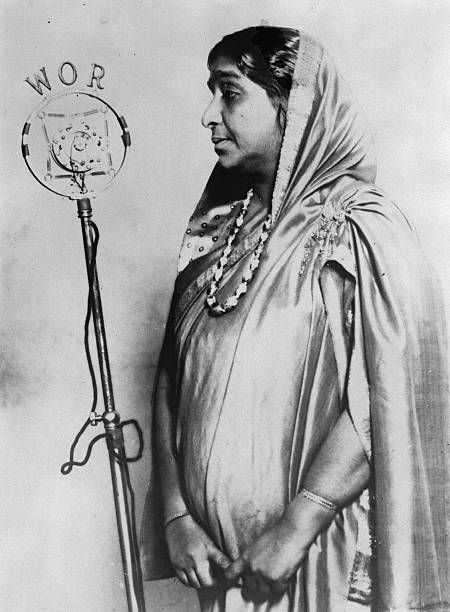
🕊️ The Bird of Time (1912)
Themes: Time, mortality, longing, spiritual depth
Sample Poem: To India
“O young through all thy immemorial years!
Rise, Mother, rise, regenerate from thy gloom…”
Hindi Version
“हे भारत! अपनी अमर वर्षों की जवानी में,
उठो माँ, उठो, अपने अंधकार से पुनर्जन्म लो…”
Highlights:
- Marks her shift toward political consciousness
- Blends poetic beauty with nationalistic fervor
- Introduces deeper emotional and philosophical tones
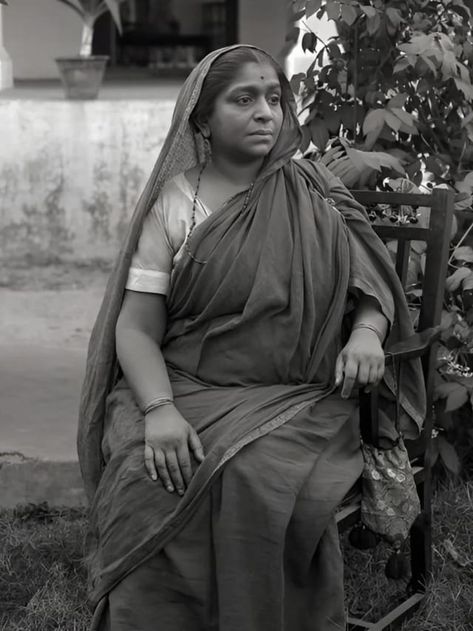
🦅 The Broken Wing (1917)
Themes: Freedom, resilience, sorrow, hope
Sample Poem: The Broken Wing
“I have no heart for any other joy,
My soul is sad with longing for thy voice…”
Hindi Version:
“अब किसी और आनंद में मन नहीं लगता,
मेरी आत्मा तेरी आवाज़ के लिए तड़पती है…”
Highlights:
- Symbolizes India’s wounded yet unyielding spirit
- Reflects her growing involvement in the freedom movement
- Poems often carry undertones of protest and perseverance
You can explore her full poems on PoemHunter’s archive or read The Golden Threshold collection on Wikisource.
✊ Sarojini Naidu’s Political Rise (1917–1925): From Verse to Voice
📍 1. The Poet Steps into Politics
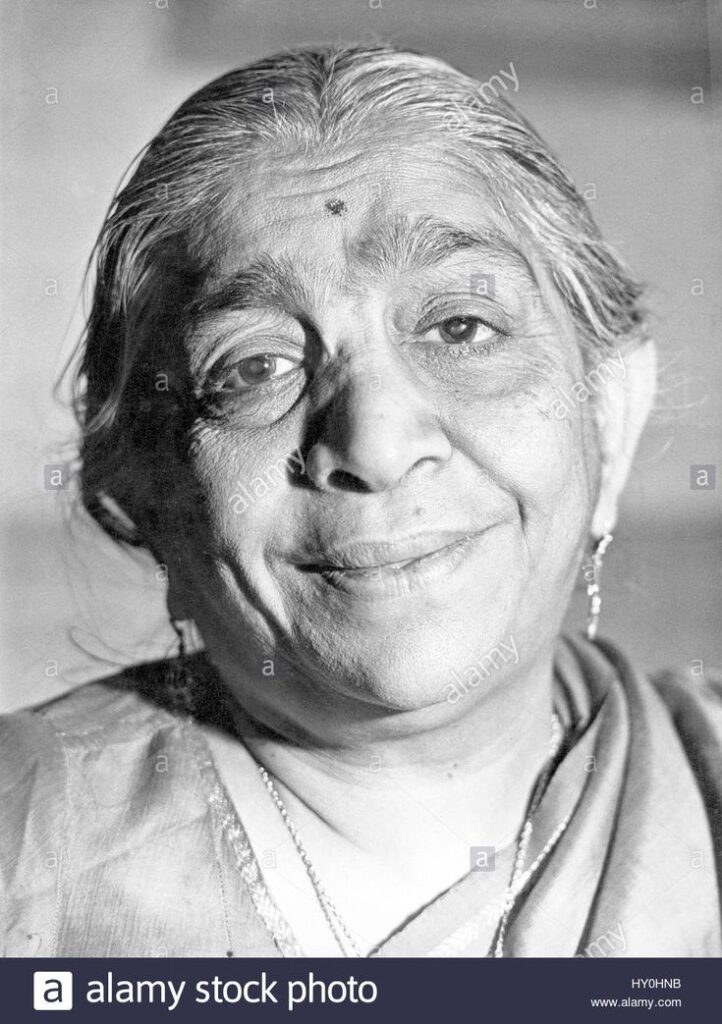
By 1917, Sarojini Naidu had already earned fame for her lyrical poetry. But India needed more than verses—it needed voices.
She joined the Indian National Congress, not as a token woman, but as a force of conviction. Her entry wasn’t ceremonial—it was strategic.
She began touring India, speaking in villages, cities, and colleges. Her speeches weren’t just political—they were personal, poetic, and powerful.
🗣️ 2. Public Speaking with Soul
Sarojini Naidu didn’t shout—she stirred. Her voice carried warmth, wit, and wisdom.
She spoke of freedom not as a slogan, but as a feeling. She addressed farmers, students, and women with empathy and urgency.
Her speeches blended poetry with protest. She didn’t just inform—she inspired.
👩🎓 3. Championing Women’s Rights
In a society where women were often silenced, Sarojini Naidu became their voice.
She advocated for education, voting rights, and equal participation in public life.
She believed that India’s freedom was incomplete without women’s liberation.
Her leadership wasn’t symbolic—it was systemic. She mentored young women, challenged patriarchal norms, and demanded space for female leadership.
📚 4. Education as Empowerment
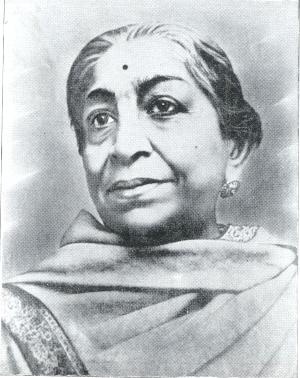
For Sarojini Naidu, education wasn’t just a policy—it was a revolution.
She pushed for schools, scholarships, and literacy programs—especially for girls.
She believed that an educated India would be a free India.
Her speeches often quoted poetry to make learning feel like liberation.
🕊️ 5. Hindu-Muslim Unity: A Personal Mission
India was fractured by communal tensions. Sarojini Naidu saw unity as sacred.
She spoke at interfaith gatherings, built bridges between communities, and reminded India of its shared soul.
Her poetry celebrated diversity. Her politics demanded harmony.
She didn’t just preach unity—she practiced it.
🏛️ 6. The Home Rule Movement
Inspired by Annie Besant and Bal Gangadhar Tilak, Sarojini Naidu became a key figure in the Home Rule Movement.
She demanded self-governance, not as a privilege, but as a birthright.
Her speeches echoed across provinces, urging Indians to reclaim their voice.
She didn’t just support the movement—she shaped it.
🚫 7. Civil Disobedience with Courage
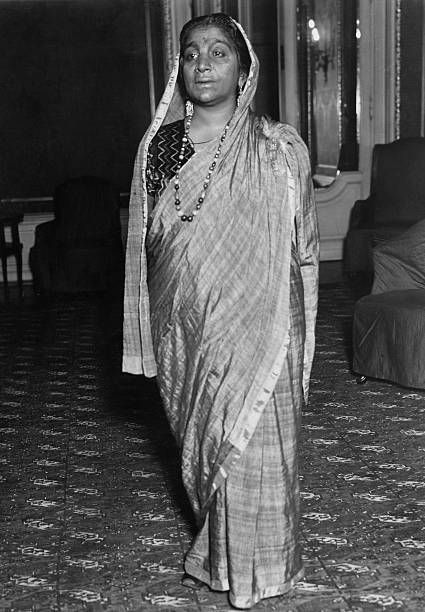
When Gandhi launched Civil Disobedience, Sarojini Naidu stood beside him.
She led marches, defied laws, and faced arrests.
Her poetry had prepared her for protest. Her pen had become a sword.
She believed that breaking unjust laws was a moral duty. And she did it with dignity.
🔥 8. Why This Era Still Matters
Between 1917 and 1925, Sarojini Naidu redefined leadership.
She proved that a woman could be poetic and political, gentle and fierce.
Her rise wasn’t just personal—it was national.
She laid the foundation for women in politics, for unity in diversity, and for freedom with grace.
💬 Final Reflection
Sarojini Naidu didn’t abandon poetry when she entered politics—she infused politics with poetry.
Her rise was not just a career—it was a calling.
Let her story remind us: the most powerful revolutions begin with a voice.
And sometimes, that voice sings before it shouts.
🏛️ Sarojini Naidu’s Congress Presidency (1925): A Woman’s Voice at the Helm of Freedom
📍 1. A Moment That Shook History
In 1925, the Indian National Congress gathered in Kanpur—a city buzzing with hope, resistance, and reform. But this session wasn’t just another political meeting. It was a turning point.
For the first time in history, a woman stood at the helm. That woman was Sarojini Naidu.
She didn’t just walk onto the stage—she walked into history. Her election as Congress President wasn’t symbolic. It was seismic.
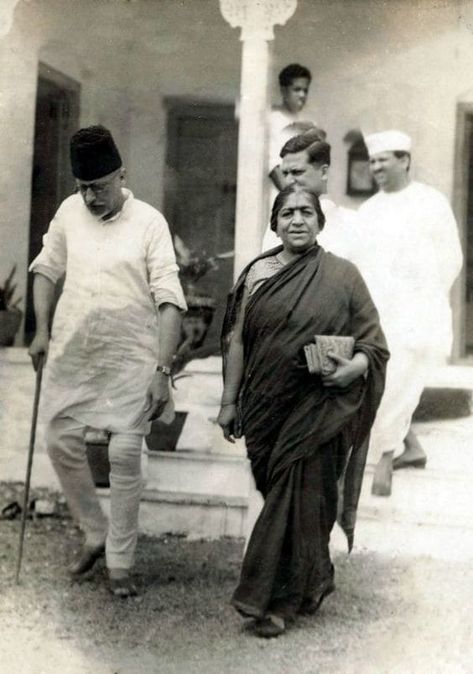
✊ 2. The First Indian Woman to Lead
Until then, Congress leadership had been a male domain. But Sarojini Naidu shattered that ceiling with grace and grit.
She became the first Indian woman to preside over the Congress—an achievement that echoed across the nation.
Her presence on that podium wasn’t just about gender—it was about courage, competence, and conviction.
🗣️ 3. A Voice That United
Her speech at the Kanpur session was more than political—it was poetic, powerful, and deeply personal.
She spoke of India not as a battlefield, but as a mother longing for freedom.
She called for unity across caste, creed, and gender. Her words weren’t just heard—they were felt.
Sarojini Naidu didn’t speak to impress. She spoke to ignite.
👩🎓 4. A Symbol of Women’s Rise
Her leadership marked a new era for Indian women.
She wasn’t just representing herself—she was representing millions of women who had been sidelined, silenced, and underestimated.
Her presidency sent a clear message: women were not just supporters of the freedom movement—they were leaders of it.
She inspired a generation of women to step into public life, demand education, and fight for equal rights.
🔥 5. Leadership with Soul
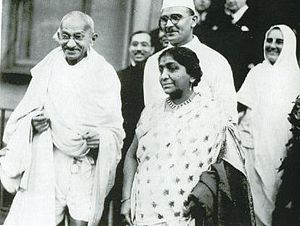
Sarojini Naidu’s style of leadership was unique.
She led with empathy, eloquence, and emotional intelligence.
She didn’t dominate—she inspired. She didn’t command—she connected.
Her presidency was a blend of poetry and politics, heart and strategy.
🤝 6. Building Bridges, Not Walls
At a time when India was divided by communal tensions, Sarojini Naidu used her platform to promote Hindu-Muslim unity.
She believed that freedom could not be built on division.
Her presidency emphasized dialogue, understanding, and shared purpose.
She reminded Congress that India’s strength lay in its diversity.
📚 7. A Legacy Beyond the Stage
Her Congress presidency wasn’t a one-time achievement—it was a legacy.
It opened doors for women in politics, education, and activism.
It proved that leadership wasn’t about gender—it was about vision.
Sarojini Naidu didn’t just make history—she made space for others to follow.
🧭 8. Why 1925 Still Matters
The Kanpur session was nearly a century ago, but its impact still resonates.
In a world still struggling with gender equality, Sarojini Naidu’s presidency stands as a beacon.
She showed that women could lead revolutions, shape policies, and move nations.
Her story is not just India’s past—it’s India’s promise.
💬 Final Reflection
Sarojini Naidu didn’t ask for power—she earned it.
Her Congress presidency was more than a title—it was a triumph.
Let her story remind us: true leadership isn’t about position. It’s about purpose.
And sometimes, the most powerful leaders speak in poetry before they speak in policy..
🏛️ Sarojini Naidu’s Post-Independence Role (1947–1949): Grace in Governance
📍 1. A New Dawn, A New Duty
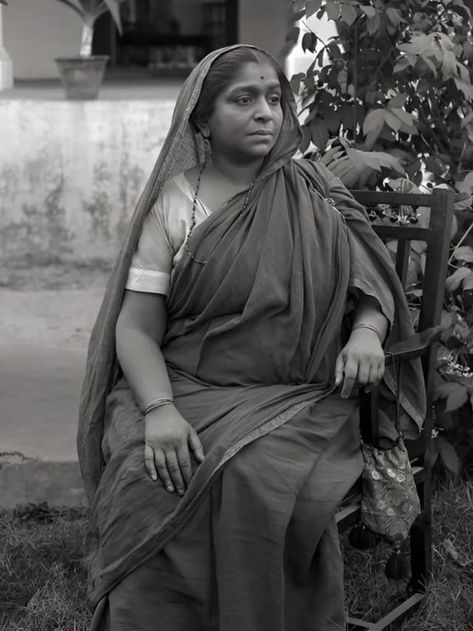
On 15 August 1947, India woke up free. The chains of colonial rule had finally broken. But freedom wasn’t the end—it was the beginning.
And at the heart of this new chapter stood Sarojini Naidu, appointed as the Governor of United Provinces (now Uttar Pradesh).
She wasn’t just the first woman to hold this post—she was the first Indian woman to become a state governor.
Her appointment wasn’t ceremonial—it was historic.
👑 2. The First Woman Governor of India
In a newly independent nation, where leadership was still dominated by men, Sarojini Naidu broke yet another barrier.
Her governorship was a symbol of trust, talent, and transformation.
She didn’t just represent women—she represented a new kind of leadership: poetic, principled, and people-centered.
Her presence in office was a message to every girl in India: you belong in power.
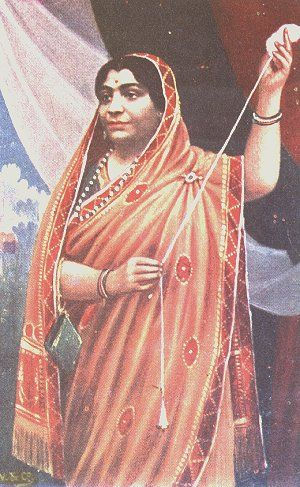
🧠 3. Leading with Wisdom and Warmth
Sarojini Naidu didn’t govern with cold authority—she led with warmth, wit, and wisdom.
She welcomed guests with verses, held meetings with empathy, and made governance feel human.
Her speeches as governor were filled with hope, humor, and historical depth.
She believed that leadership wasn’t about control—it was about connection.
📚 4. Championing Education
Even in office, Sarojini Naidu remained a fierce advocate for education.
She pushed for schools in rural areas, scholarships for girls, and cultural literacy.
She believed that true freedom came through learning.
Her policies reflected her lifelong belief: an educated India is an empowered India.
🫱 5. Public Welfare with Heart
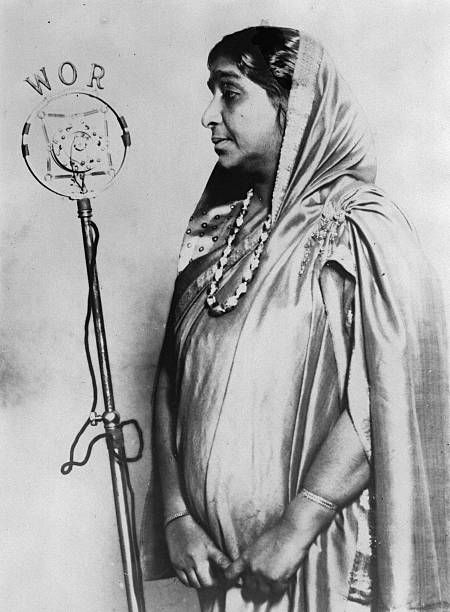
As governor, she focused on public welfare—not just in reports, but in reality.
She visited villages, listened to citizens, and prioritized health, sanitation, and women’s safety.
Her governance wasn’t distant—it was deeply personal.
She didn’t just sit in office—she walked among the people.
🌍 6. Cultural Diplomacy with Soul
Sarojini Naidu understood that India’s strength lay in its culture.
She promoted art, music, literature, and interfaith harmony.
She hosted cultural events, supported artists, and made sure India’s soul was celebrated.
Her diplomacy wasn’t just political—it was poetic.
🕊️ 7. Final Years of Service
From 1947 to 1949, Sarojini Naidu served with dignity, despite declining health.
She never slowed down. She never stepped back.
Even in pain, she kept working, writing, and inspiring.
Her final years were a testament to her lifelong motto: serve with soul.
🕯️ 8. A Legacy That Lives On
On 2 March 1949, Sarojini Naidu passed away in Lucknow, while still in office.
Her death was mourned across the nation—not just as a loss of a leader, but of a legend.
She left behind more than policies—she left behind poetry, pride, and purpose.
Her governorship wasn’t just a role—it was a revolution.
🔥 9. Why Her Post-Independence Role Still Matters
In today’s India, where women still fight for equal representation, Sarojini Naidu’s role as governor remains a beacon.
She proved that women could lead with intellect, emotion, and impact.
She showed that governance could be graceful.
Her story is not just history—it’s a roadmap.
💬 Final Reflection
Sarojini Naidu didn’t retire after independence—she rose again.
Her post-independence role was a final chapter written in courage, compassion, and clarity.
Let her story remind us: true leadership doesn’t end with freedom—it begins with responsibility.
And sometimes, the most powerful governors speak in poetry before they speak in policy.
🕊️ The Feather of the Dawn (1948, posthumous)
- Compiled by her daughter Padmaja Naidu, this collection was published after Sarojini Naidu’s death in 1949.
- The poems were originally written in 1927, during a reflective phase of her life.
- The collection showcases themes of love, longing, nature, spirituality, and freedom, continuing her signature blend of romanticism and patriotism.
- It includes verses that are gentler and more introspective, revealing her emotional maturity and poetic evolution.
“Feather of the dawn, rise from silence and sorrow…”
प्रभात की पंखुड़ी, उठो मौन और पीड़ा से…
This line captures her poetic voice—soft yet stirring, personal yet universal.
You can explore more about this collection on Goodreads or read academic reflections in this research article.
🕯️ Sarojini Naidu’s Final Chapter (1949): A Voice That Still Echoes
📍 1. The Last Breath of a Legend
On 2 March 1949, in the city of Lucknow, India lost one of its most beloved voices.
Sarojini Naidu, aged 70, passed away while still serving as the Governor of United Provinces.
She didn’t retire. She didn’t fade. She served her country until her final breath—with grace, grit, and poetry in her soul.

🕊️ 2. The Nightingale of India
She wasn’t just a poet. She was the Nightingale of India—a title given by Mahatma Gandhi.
Her voice had rhythm, but also resistance. Her poems sang of rivers, love, and freedom.
She used verse to awaken a nation, and her words still echo in classrooms, speeches, and hearts.
👑 3. A Pioneer of Women’s Leadership
Long before women were seen in politics, Sarojini Naidu stood tall.
She led the Indian National Congress, faced arrests, and governed a state.
She proved that leadership isn’t about gender—it’s about courage.
She opened doors for generations of women to lead, speak, and rise.
🏡 4. Her Home, Her Memory
In Hyderabad, her home still stands—a quiet museum filled with her letters, books, and legacy.
It’s not just a building. It’s a living memory of a woman who turned poetry into protest and service into strength.
Visitors walk through her world, feeling her presence in every corner.
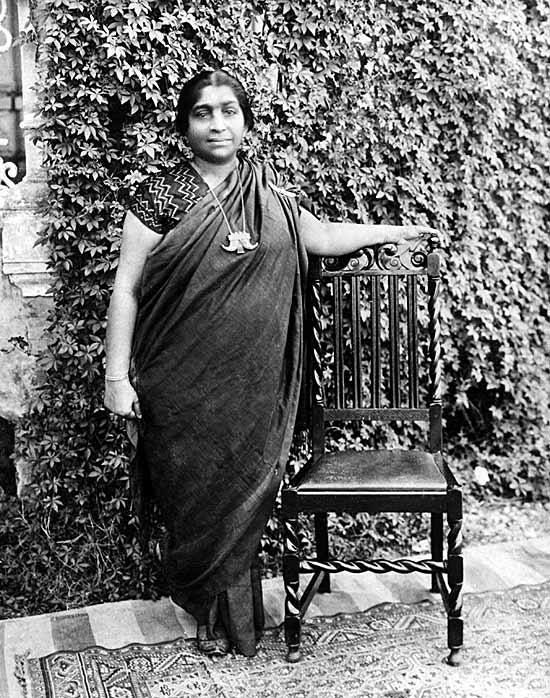
📚 5. A Literary Legacy
Her writings—The Golden Threshold, The Bird of Time, The Broken Wing, and The Feather of the Dawn—are now part of India’s literary canon.
They’re studied, quoted, and celebrated across languages and generations.
She didn’t just write poems. She wrote India’s emotional history.
💬 Final Reflection
Sarojini Naidu didn’t just live a life—she lived a legacy.
Her death marked the end of an era, but her spirit still guides India’s conscience.
Let her story remind us: the most powerful voices never die.
They become part of the nation’s soul.
🏅 Sarojini Naidu’s Honors and Legacy: A Name That Still Inspires
📍 1. The Nightingale of India
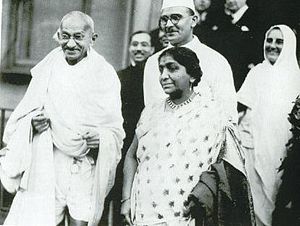
She wasn’t just a poet—she was a voice.
Mahatma Gandhi called her the “Nightingale of India”, a title that captured her lyrical brilliance and fearless spirit.
Her poems sang of rivers, freedom, and feminine grace. Her speeches stirred hearts and shook empires.
She didn’t just speak—she soared.
👑 2. A Legacy Continued by Her Daughter
Her impact didn’t end with her own life.
Her daughter, Padmaja Naidu, carried the torch forward—becoming a freedom fighter, a parliamentarian, and the Governor of West Bengal.
Padmaja didn’t just inherit a name—she inherited a mission.
Together, they became a mother-daughter legacy of leadership, poetry, and patriotism.
🏫 3. Her Name Lives Across India
Walk through any Indian city, and you’ll find her name etched in stone and memory.
Streets, schools, awards, and institutions bear the name Sarojini Naidu—a tribute to her timeless influence.
From Sarojini Nagar in Delhi to Sarojini Naidu College in Kolkata, her legacy is woven into the fabric of modern India.
She’s not just remembered—she’s revered.
📚 4. A Canon of Courage
Her poetry collections—The Golden Threshold, The Bird of Time, The Broken Wing, and The Feather of the Dawn—are now part of India’s literary canon.
They’re studied in schools, quoted in speeches, and celebrated in festivals.
She didn’t just write verses—she wrote visions.
Her words continue to teach, touch, and transform.
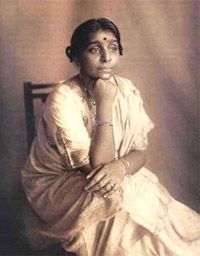
💬 Final Reflection
Sarojini Naidu didn’t chase honors. She earned them.
Her legacy isn’t just in titles—it’s in transformation.
Let her story remind us: true greatness isn’t about fame. It’s about impact.
And sometimes, the most powerful names are written not in history books—but in hearts.
🧭 Final Conclusion: Sarojini Naidu—Not Just Remembered, But Reborn
Sarojini Naidu was not a chapter in India’s history. She was the ink.
She didn’t just write poems—she wrote India’s emotional constitution.
She didn’t just lead protests—she led with poetry, with pride, with purpose.
From the golden corridors of The Golden Threshold to the storm-lit verses of The Broken Wing, she gave India a voice that could sing and scream at once.
She stood beside Gandhi, challenged colonial rule, and became the first Indian woman to preside over the Congress and govern a state.
She was jailed, celebrated, quoted, and immortalized—not because she sought power, but because she embodied it.
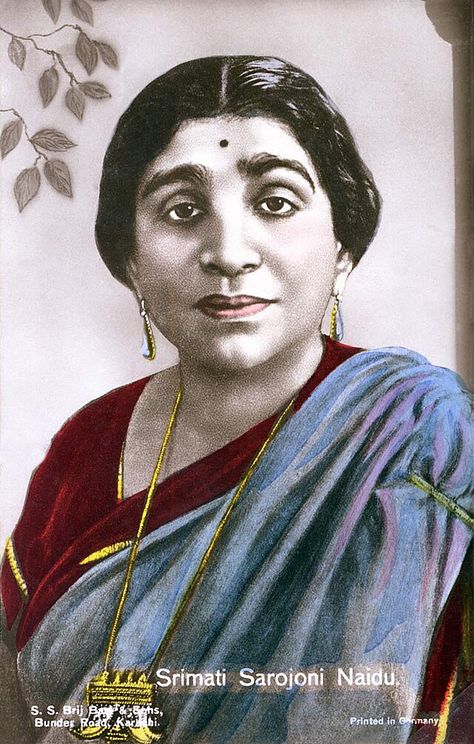
Her death on 2 March 1949 wasn’t silence—it was a sunrise.
Her legacy lives in every girl who dares to speak, every poet who dares to resist, and every citizen who dares to dream.
Her home in Hyderabad is now a museum—but her spirit walks every street named after her, echoes in every award that bears her name, and breathes in every line of her verse.
Sarojini Naidu is not just a name. She is a movement.
A melody of resistance. A metaphor of leadership. A mirror for modern India.
Let her story remind us:
Freedom is not just won—it is written, spoken, sung, and lived.
And sometimes, the most powerful revolutions begin with a woman holding a pen.
Internal Links: 1.https://historyverse7.com/shivaji-maharaj/ 2.https://historyverse7.com/ashfaqulla-khan/
External Links:1.https://www.britannica.com/biography/Sarojini-Naidu 2.https://inc.in/congress-sandesh/tribute/sarojini-naidu-13-february-1879-2-march-1949 3.https://allpoetry.com/Sarojini-Naidu
📘 FAQ: Understanding Sarojini Naidu
1. Why did Sarojini Naidu choose poetry as her first weapon of resistance?
Ans: Sarojini Naidu believed that before a nation could fight, it had to feel. Her poetry awakened pride, identity, and emotional unity. She used verses to stir the soul of India, making freedom a personal experience long before it became a political demand.
2. What made Sarojini Naidu’s leadership different from other freedom fighters?
Ans: Unlike others who led with slogans, Sarojini Naidu led with metaphors. Her speeches blended elegance with urgency. She didn’t just mobilize minds—she moved hearts. Her poetic leadership proved that revolution could wear silk and still shake empires.
3. How did Sarojini Naidu balance being a mother, poet, and political leader?
Ans: She didn’t separate her roles—she fused them. Sarojini Naidu raised children with conviction, wrote poetry with purpose, and led protests with passion. Her home was a cradle of revolution, her pen a lullaby and a lightning bolt.
4. What was Sarojini Naidu’s greatest act of rebellion that history rarely mentions?
Ans: Her marriage in 1898 to Govindarajulu Naidu was a quiet revolution—inter-caste, inter-regional, and unapologetically equal. Before she challenged the British, Sarojini Naidu challenged Indian orthodoxy, proving that personal choices can be political statements.
5. If Sarojini Naidu were alive today, what would she fight for?
Ans: She’d fight for the soul of India—with poetry, policy, and pride. Sarojini Naidu would champion women’s voices, cultural unity, fearless expression, and emotional literacy. She’d remind us that freedom is ongoing—and deeply personal.
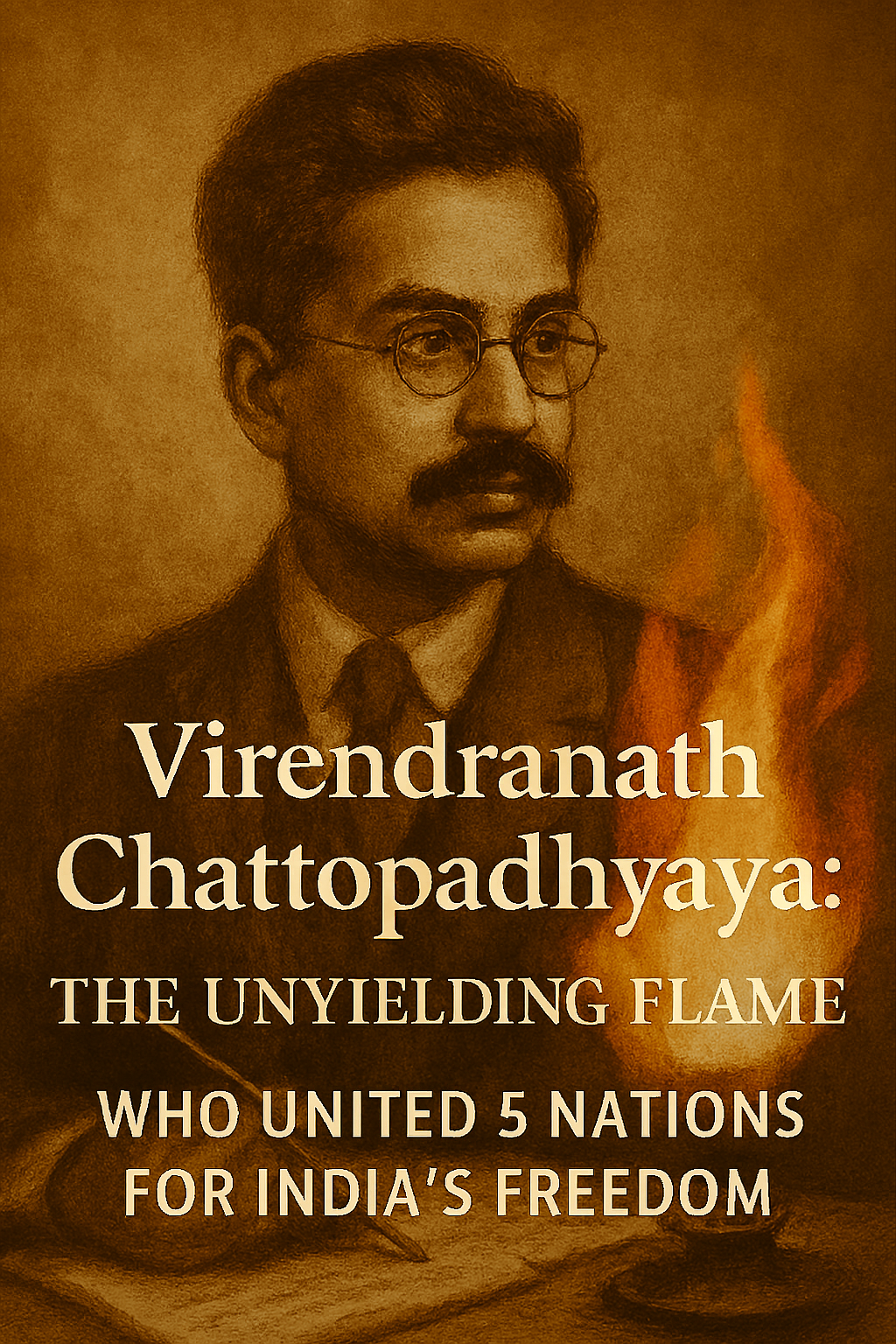
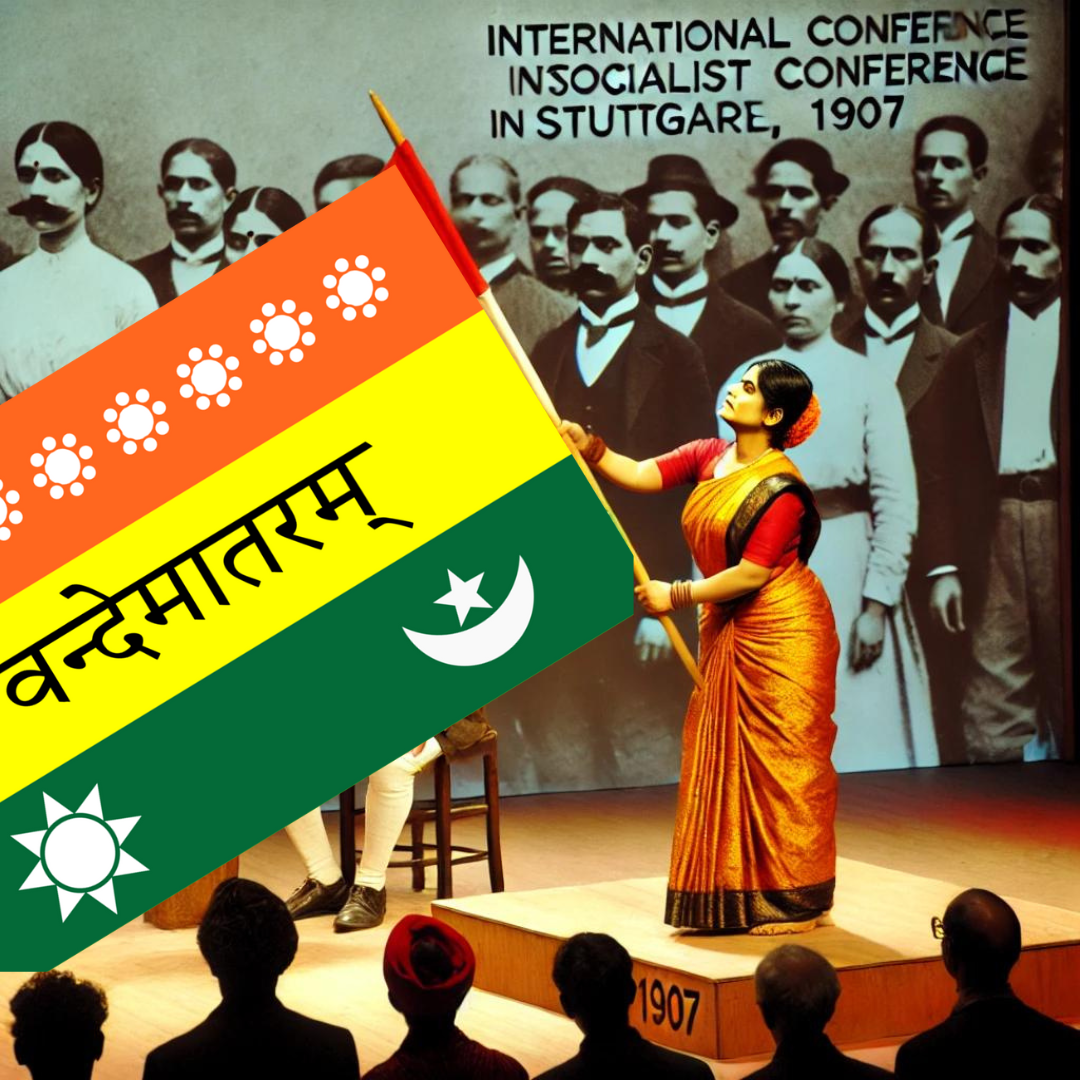
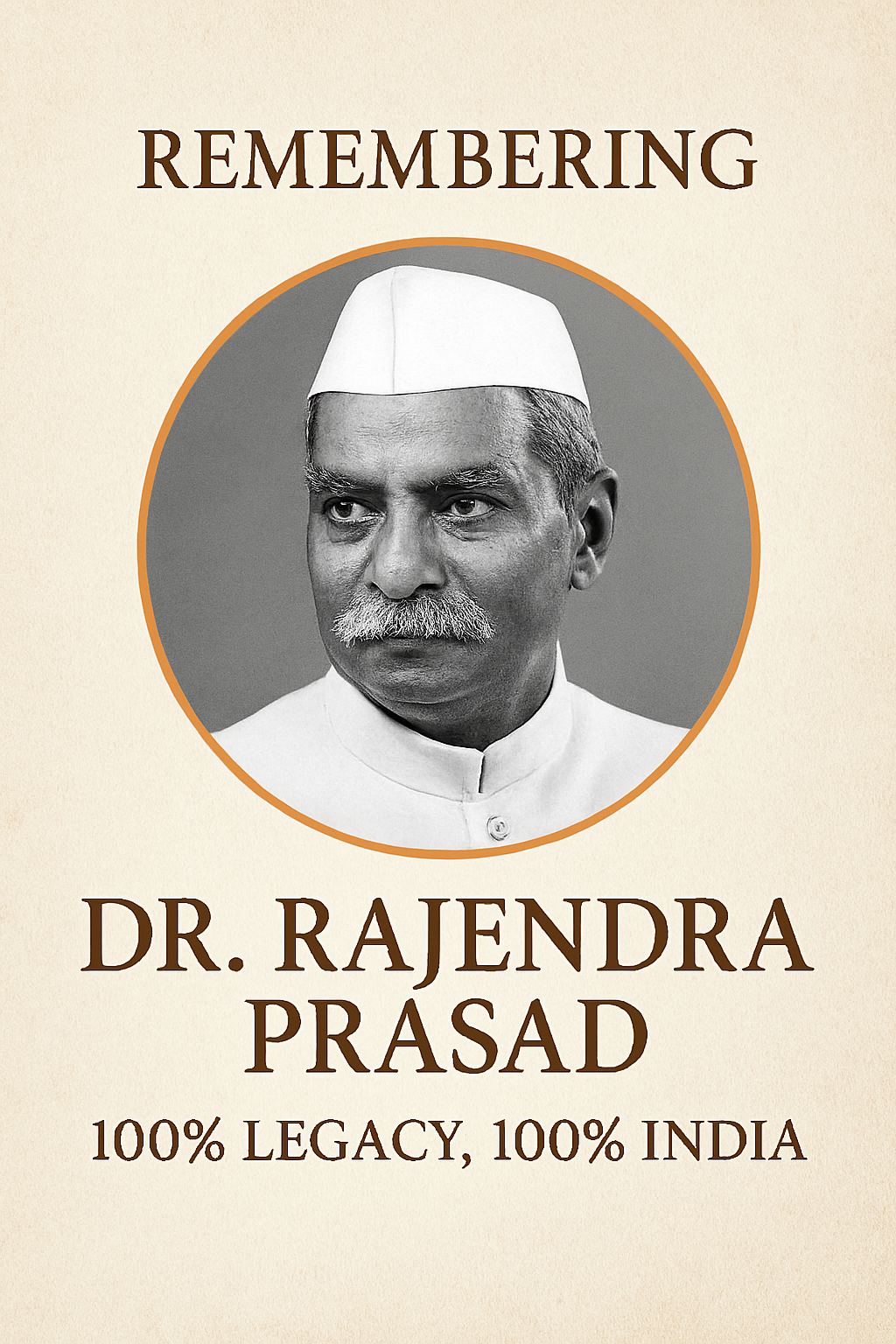

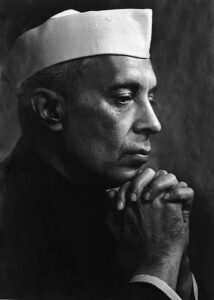
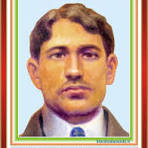
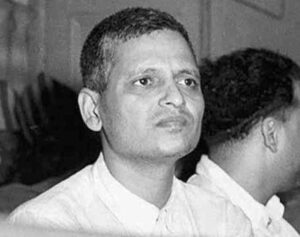
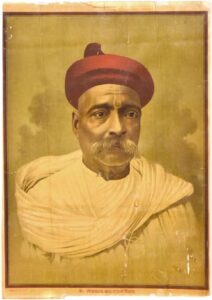
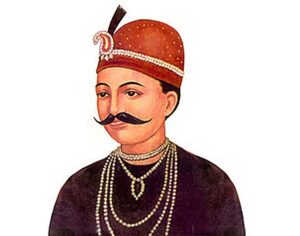
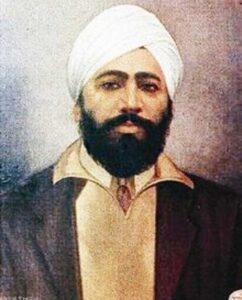
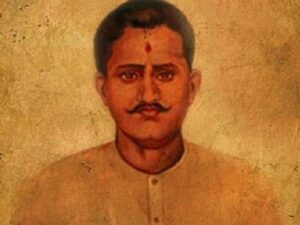
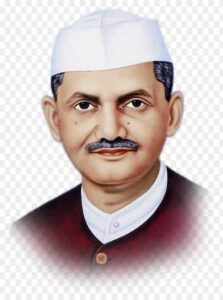

1 comment